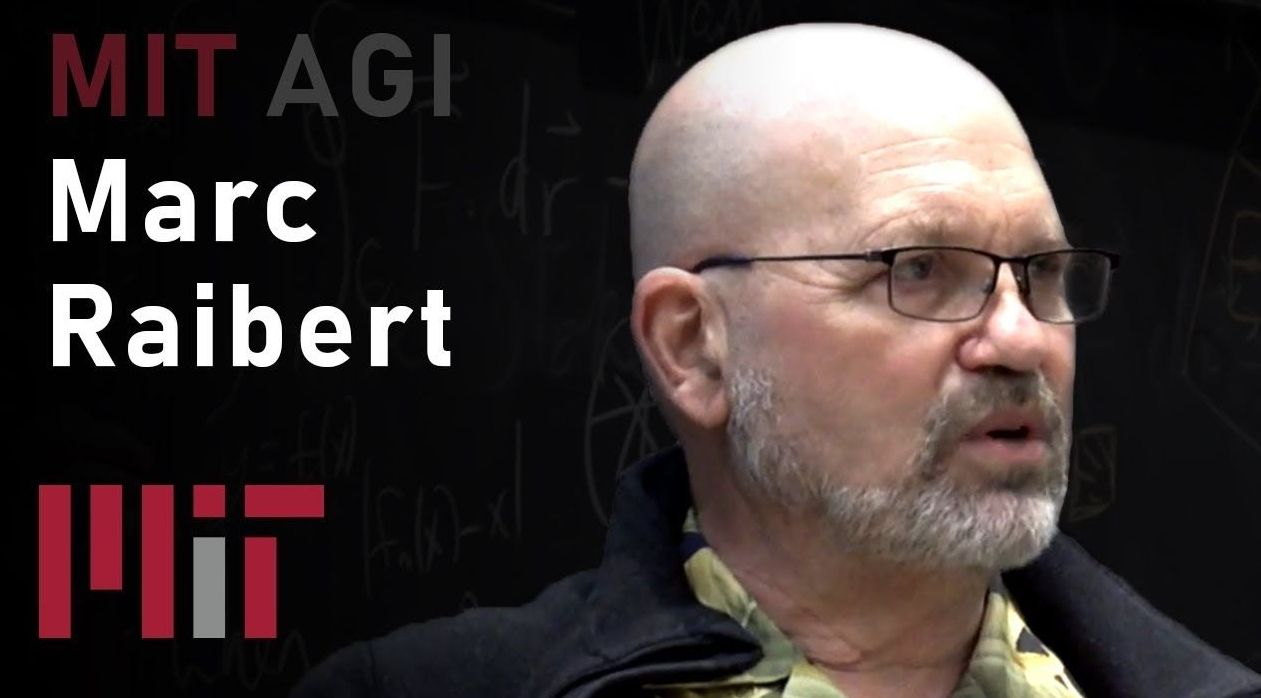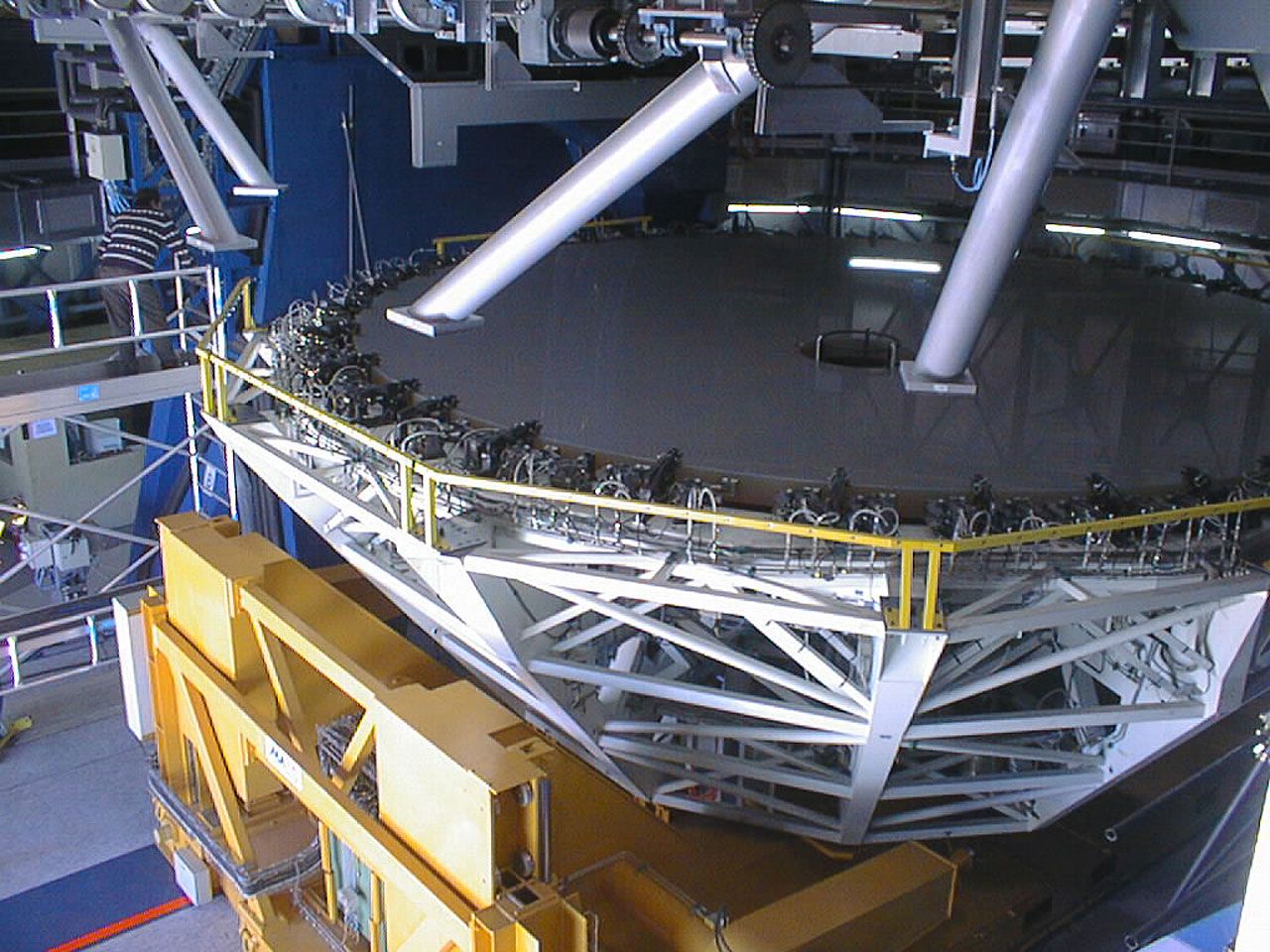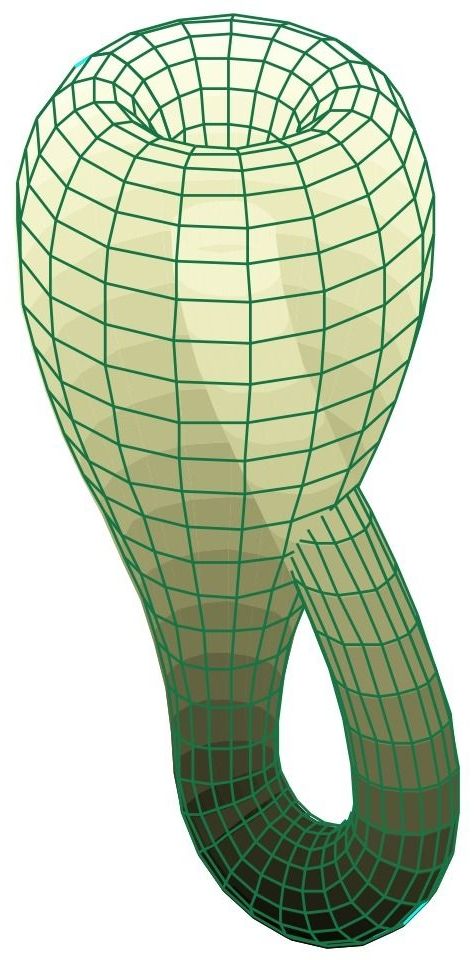This is a talk by Marc Raibert for course 6.S099: Artificial General Intelligence. He is the CEO of Boston Dynamics. This class is free and open to everyone. Our goal is to take an engineering approach to exploring possible paths toward building human-level intelligence for a better world.
Note: Due to technical difficulties, we don’t have a screencast of the slides, and the video of the slides is low resolution. Despite this, I chose to include several parts of the talk that show slides, especially with videos. It’s not optimal, but I hope you learn and enjoy anyway. Thanks for understanding. We’re always learning and improving.
Note 2: Marc and I asked people not to release the videos around the 20 minute mark before they are officially released by Boston Dynamics. They have been now, go check them out: https://www.youtube.com/user/BostonDynamics
OUTLINE:
0:00 — Introduction
1:06 — Slides
24:27 — Demo
33:40 — Q&A
INFO:
Course website: https://agi.mit.edu
Contact: [email protected]
Playlist: http://bit.ly/2EcbaKf
CONNECT:










